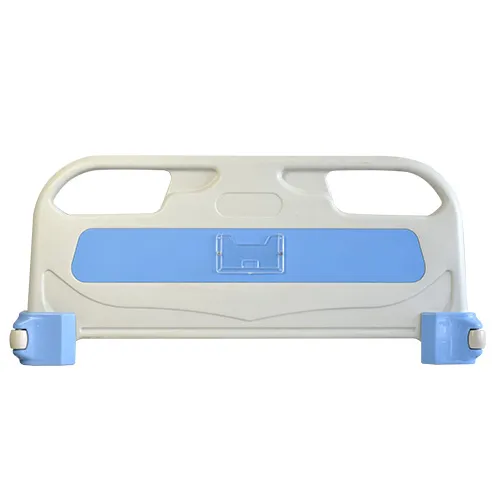Welcome to our websites!
electric wheelchair won't move
Troubleshooting Your Electric Wheelchair Why It Won’t Move
Electric wheelchairs have revolutionized mobility for many individuals, providing independence and freedom to those with limited physical abilities. However, it can be incredibly frustrating when your electric wheelchair won’t move. This article will explore some common issues that might cause this problem, as well as troubleshooting tips to help you get back on the road.
Understanding the Basics
Before diving into troubleshooting, it's essential to understand the basic components of an electric wheelchair. The main parts include the battery, joystick controller, motors, wheels, and wiring. Any malfunction in these components can prevent your wheelchair from moving.
1. Battery Issues
One of the most common reasons an electric wheelchair won't move is due to battery issues. If the battery is dead or not holding a charge, the wheelchair will not operate. Here’s how you can troubleshoot battery-related problems
- Check the Battery Charge Ensure the battery is fully charged. Connect the charger and observe if the charging indicator light turns on. - Battery Condition Inspect the battery for any signs of damage, such as swelling or corrosion. If the battery looks damaged, it may need replacement. - Connection Check the connections between the battery and the wheelchair. Loose or corroded terminals can disrupt the power supply.
2. Joystick Controller Malfunctions
The joystick controller is your primary means of maneuvering your electric wheelchair
. If it's malfunctioning, you may find that it does not respond, making it impossible to move.- Resetting the Controller Some controllers have a reset button or can be reset by turning the power off and back on. This can often resolve minor glitches. - Wires and Connections Examine the wiring leading to the joystick. Look for any visible damage or loose connections that could affect communication with the wheelchair’s control system.
3. Faulty Motors
electric wheelchair won't move

If the battery and joystick appear to be functioning correctly, the problem may lie with the wheelchair's motors.
- Motor Inspection Listen for any grinding noises when attempting to move. This could indicate that the motors are jammed or broken. - Testing the Motors If you feel comfortable, you can disconnect the motors to see if they operate when connected directly to power. If they do not function, they may require replacement.
4. Wheel Issues
Sometimes the problem is straightforward the wheels may be locked or obstructed.
- Check Wheel Locks Many electric wheelchairs come with manual locks that prevent movement. Ensure that these locks are disengaged. - Inspect for Obstructions Examine the wheels for any debris, such as stones or branches, that may be obstructing movement. Remove any visible obstructions.
5. Isolation Mode
Some electric wheelchairs have an isolation mode, often referred to as turtle mode or transport mode, which limits movement to facilitate safe transport.
- Deactivating Isolation Mode Check your owner’s manual to identify how to switch off this mode. Generally, it involves a simple setting adjustment on the joystick or control panel.
Final Thoughts
Experiencing problems with your electric wheelchair can be frustrating, but many issues can be tested and resolved without needing professional assistance. It’s essential always to refer to the manufacturer’s manual for specific troubleshooting information pertinent to your model. Regular maintenance, such as checking battery health, testing connections, and inspecting wheels, can prevent many issues from arising in the first place.
If you’ve gone through these troubleshooting steps and your wheelchair still won’t move, it may be time to consult a professional technician or contact the manufacturer for further assistance. Remember, safety is paramount, so ensure your wheelchair is in optimal working condition for a smooth, uninterrupted journey.
-
Transforming Healthcare with Hospital FurnitureNewsJun.24,2025
-
Rehabilitation EquipmentNewsJun.24,2025
-
Mobility and Independence with WheelchairsNewsJun.24,2025
-
Freedom of Mobility with Our Rollator WalkersNewsJun.24,2025
-
Comfort and Independence with Commode ChairsNewsJun.24,2025
-
Bathing Safety and Independence with Shower ChairsNewsJun.24,2025
-
Navigating the Wholesale Landscape of Electric Mobility Solutions: Key Considerations for Power Wheelchair DealersNewsJun.10,2025











